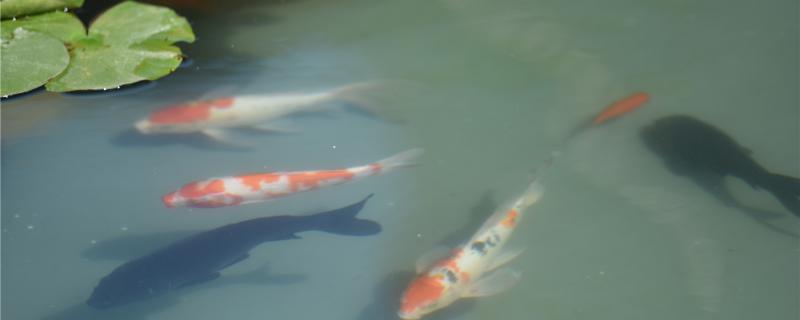
Moss grow in fish ponds will affect fish, which has both advantages and disadvantages. Moss can be used as feed for fish, while photosynthesis can also release a certain amount of oxygen, and it grows on the wall of the pond, which can also prevent fish from scratching their bodies. But if the number is too large to affect the water quality, it will lead to a decrease in oxygen content, but also block the light, which is not conducive to the development of fish, and need to be cleaned up in time.
of moss? 1. Reduce dissolved oxygen: As a plant, moss can increase oxygen through photosynthesis, but the effect is limited. But when the number is large, it will block the water surface, affect the photosynthesis of other plants in the water, and the water and air can not exchange oxygen after isolation, resulting in a decrease in oxygen content, which is not conducive to the breathing of fish.
2. Thin water quality: moss will appear, indicating that the water quality is relatively thin, and it will absorb nutrients in the process of growth, further affecting the water condition. Therefore, in addition to cleaning up the moss, we should also fertilize the water, or increase feeding at ordinary times to improve the fertility of the water body, so as to improve the water quality.
3, as feed: moss for some fish, is also a good feed, so you can also limit the growth of moss through the method of fish farming, but it is best to feed other nutritious food, otherwise the water is still relatively thin, the growth and development of fish is not very good.